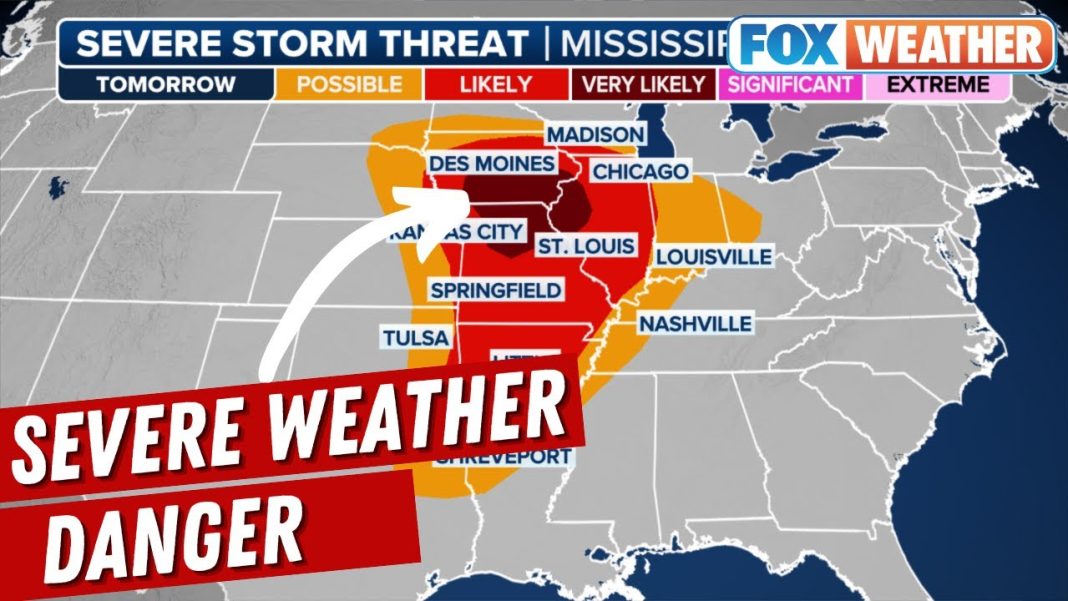 Market Update: Inflation, FOMC Meeting, and Treasury Rates
Market Update: Inflation, FOMC Meeting, and Treasury Rates
Last week, there were several notable developments in the market, including slower growth of inflation, an uneventful FOMC meeting, and a decline in Treasury rates. These factors have important implications for investors and the overall market.
Inflation Slows Down: The Labor Department announced that the Consumer Price Index (CPI) remained unchanged in May, which was better than economists’ expectations of a 0.1 percent increase. This news suggests that inflationary pressures may be easing, which could have positive effects on the economy and market stability.
Producer Price Index Decline: Additionally, the Labor Department reported that the Producer Price Index (PPI) declined by 0.2 percent in May, well below economists’ consensus estimate of a 0.1 percent increase. Over the past year, the PPI has risen by 2.2 percent. This data indicates that price pressures at the producer level are relatively subdued, which could contribute to overall price stability in the market.
FOMC Meeting Response: The Federal Reserve’s response to these developments was perceived as weak and indecisive. Investors were hoping for clearer signals from the Fed regarding future interest rate cuts or policy adjustments. However, the lack of clarity from the FOMC meeting has left investors uncertain about the central bank’s next moves.
Market Outlook: Looking ahead, this week will be unusual as the stock market will be closed on Wednesday for the Juneteenth holiday. As a result, trading volume is expected to be light and may impact market activity. Investors will closely scrutinize May retail sales data to assess whether the Atlanta Fed’s second-quarter estimate of 3.1 percent annual GDP growth can be sustained.
Bond Vigilantes in Control: It is worth noting that bond vigilantes, who are investors who actively trade bonds to influence interest rates, are currently in charge and controlling Treasury yields. The Fed does not typically fight market interest rates, so if the bond vigilantes drive Treasury yields lower, the Fed may be forced to cut key interest rates sooner than anticipated. Speculation suggests that the Fed will cut rates on September 18th, but some argue for an earlier cut on July 31st.
Carry Trades and Interest Rate Cuts: With the Federal Reserve lagging behind other central banks in cutting key interest rates, there is a possibility of increased “carry trades.” Carry trades involve foreign investors putting their money into the United States to seek higher yields and a stronger currency. If carry trades reach a significant amount, potentially exceeding a trillion dollars, it could further lower Treasury yields and push the Fed toward earlier interest rate cuts.
Energy Dependence on Russia: Russia’s increased sales of natural gas to Europe in May have complicated Europe’s energy dependence on Russia. Despite disruption to Russia’s pipelines, its liquefied natural gas (LNG) exports to Europe have surged. The Biden administration’s halting of U.S. LNG expansion has left Europe seeking new suppliers. In May, Russia supplied 15 percent of European natural gas, compared to the United States’ 14 percent. This reliance on Russian LNG puts the European Union in a vulnerable position and may influence peace negotiations.
Securitization of EU’s Green Agenda: The imposition of tariffs on Chinese electric vehicles (EVs) has led to the securitization of the European Union’s green agenda. Both the EU and the United States are sending mixed signals regarding their commitment to environmental goals. The recent shift to the right in the EU election is expected to curtail compliance with the Paris Climate Accord, particularly among farm parties. These developments could impact the broader market sentiment toward green initiatives.
AI Sector Performance: The performance gap between the “Magnificent 7” and the NASDAQ continues to widen. Mega Tech companies leading the race in artificial intelligence (AI) are being recognized as increasingly valuable. However, a potential setback in the AI narrative, such as a regulatory demand for safety testing, could have a significant negative impact on the market. Investors should closely monitor any signs of such setbacks as they could affect indexes due to the high concentration of AI-related stocks.
Market Momentum and Outlook: Despite these uncertainties, market momentum remains positive. The NASDAQ and S&P are close to all-time highs, supported by strong earnings estimates from Mega Tech companies. As interest rates are expected to eventually decrease and geopolitical tensions may ease, there is hope that the broader market will perform better and improve overall returns.
In conclusion, recent market developments highlight the importance of monitoring inflation, interest rates, geopolitical factors, and sector-specific trends. Understanding these dynamics can help investors make informed decisions and navigate the ever-changing landscape of the financial markets.


